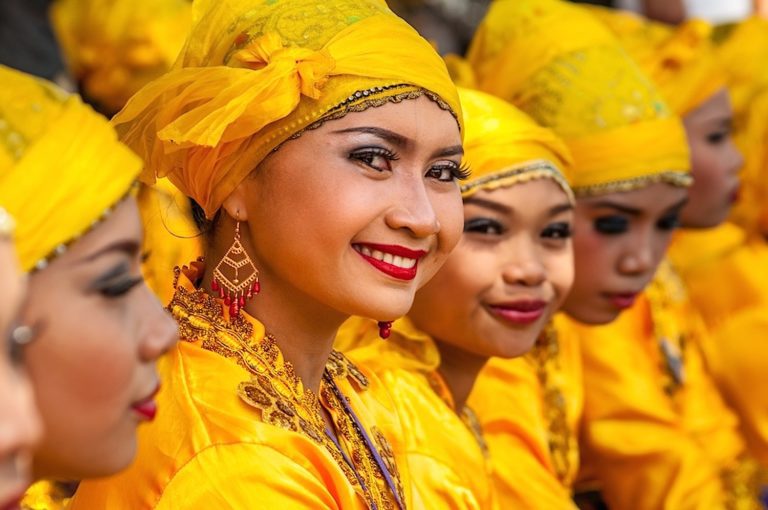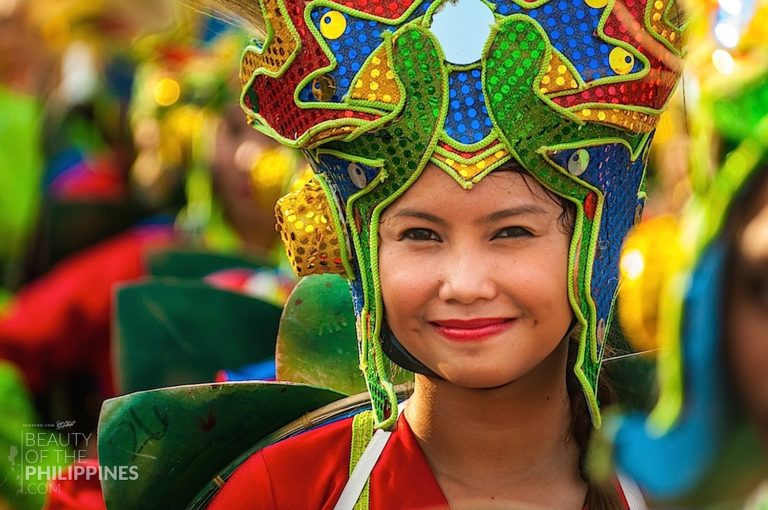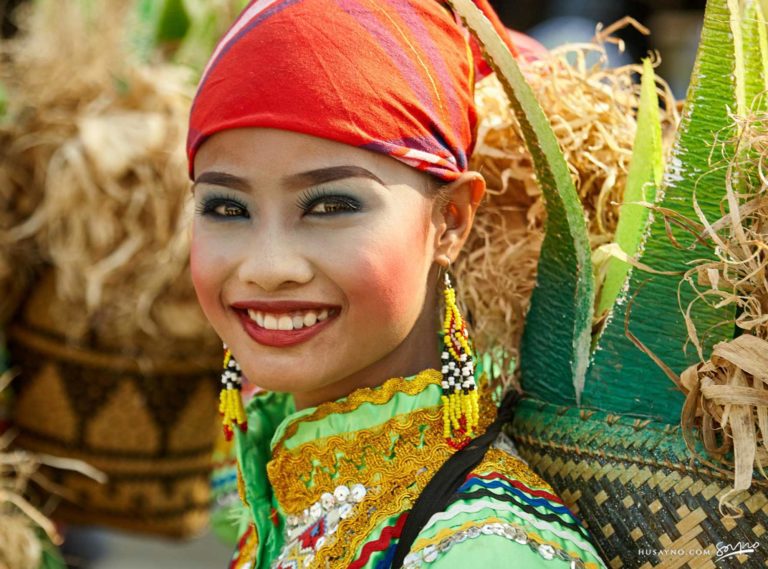
Embracing the Vibrant Timpuyog Festival: A Celebration of Kiamba’s Rich Culture
The Timpuyog Festival in Kiamba was a truly awe-inspiring event. As I joined the locals in the celebration, I was amazed by the strong sense

The Timpuyog Festival in Kiamba was a truly awe-inspiring event. As I joined the locals in the celebration, I was amazed by the strong sense

This festival is dedicated to the beautiful handicrafts made by the people of Maguindanao and the time-honored weaving tradition of the people of Maguindanao, known

The Sagayan Festival is a cultural event which is based on the colorful costumes of the women of Lanao del Norte, a province in Northern

It is the most colorful and much awaited Sambuokan Festival in the City of Mati in Davao Oriental that is celebrated in October. The people

Built between 1905 and 1907, the Zamboanga City Hall, officially known as Bahay Pamahalaan ng Lungsod ng Zamboanga, is a striking landmark that stands as

The Meguyaya Festival in Upi, Maguindanao del Norte, Mindanao, held annually for a week, finds its linguistic origins in the Teduray language, encompassing both gratitude

In the Cotabato Province, there is traditionally a week-long festival called the Kalivungan Festival, which celebrates the rich heritage and culture of the province. The
EXPLORE MORE ABOUT THE
Philippines
BROWSE BY CATEGORIES